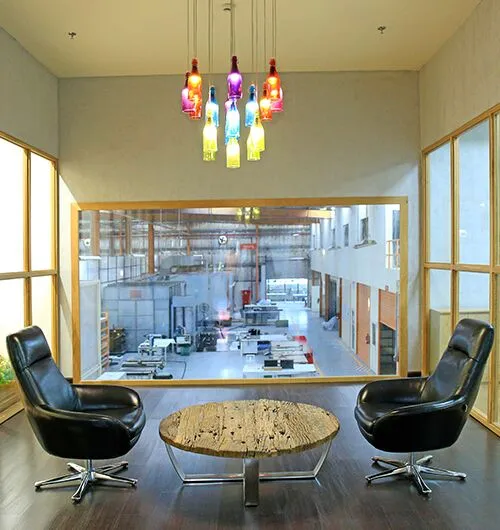
Selecting the appropriate material for a 3D printing Jeddah project is important to achieving the desired outcomes, whether it’s for prototyping, manufacturing, or artistic expression. With a wide range of materials available, understanding their properties and suitability for specific applications is essential. Here’s a guide to help you make informed choices.
Understand your project requirements:
Before selecting a material, clearly define the objectives of your project. Consider the following factors:
- Functionality: What will the printed object be used for? Functional parts may require materials with specific mechanical properties, such as strength, flexibility, or heat resistance.
- Aesthetics: If appearance is important, consider materials that provide a good surface finish and color options. This is especially relevant for artistic projects or product designs intended for display.
- Environmental factors: Determine if the object will be exposed to moisture, UV light or extreme temperatures. Some materials perform better in harsh conditions than others.
Explore common 3D printing materials:
Familiarize yourself with the most commonly used materials in 3D printing, including:
- PLA (Polylactic Acid): A biodegradable plastic that is easy to print, PLA is ideal for beginners and is often used for prototypes and decorative items. It has a low melting point, making it unsuitable for high-temperature applications.
- ABS (Acrylonitrile Butadiene Styrene): Known for its strength and impact resistance, ABS is a popular choice for functional parts. However, it requires a heated print bed and good ventilation during printing due to fumes.
- PETG (Polyethylene Terephthalate Glycol): This material combines the ease of printing of PLA with the durability of ABS. PETG is resistant to moisture and chemicals, making it suitable for various applications, including containers and mechanical parts.
- Nylon: Known for its strength and flexibility, nylon is perfect for functional parts that undergo wear and tear. It is often used in industrial applications but can be challenging to print due to warping.
Consider printability and equipment:
Not all materials are compatible with every 3D printer. Check your printer’s specifications and capabilities. Some materials require specific nozzle sizes, print bed temperatures, or settings to achieve optimal results. Ensure that your chosen material can be processed with your equipment to avoid complications during printing.
Budget and availability:
Lastly, consider your budget and the availability of materials. Some specialty materials may be more expensive or harder to source than common options. Weigh the cost against the performance requirements of your project.